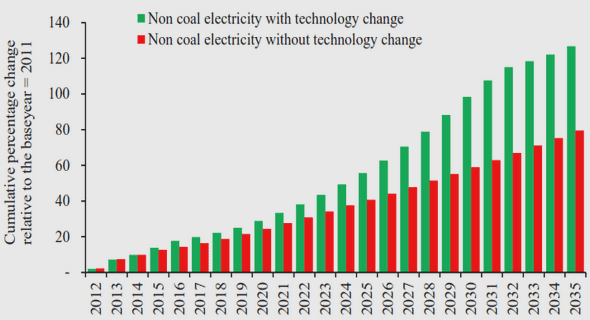(Downloads - 0)
For more info about our services contact : help@bestpfe.com
Table of contents
1 Notations
2 Introduction
2.1 Background
2.2 Literature review
2.3 Research questions and hypotheses
3 Theoretical background of gear design
3.1 Geometry and nomenclature
3.1.1 Conjugate action
3.1.2 Involute profile
3.1.3 Line of action
3.1.4 Length of line of action
3.1.5 Contact ratio
3.1.6 Different diameters
3.1.7 Addendum modification coefficient
3.1.8 Gear Types
3.1.9 Helical gear
3.2 Microgeometry
3.3 Misalignment
3.4 Gear model data
3.5 Challenges in gear design
3.5.1 Contact stress
3.5.2 Bending or tooth root stress
3.5.3 Transmission error
4 Gear modelling and simulation
4.1 Load distribution program (LDP)
4.1.1 About LDP
4.1.2 Theory and calculation method
4.1.3 Gear modelling using Windows LDP
4.1.4 Including microgeometry and misalignment
4.2 Contact Analysis using KISSsoft
4.2.1 About KISSsoft
4.2.2 Calculation method
4.2.3 Tooth root stress calculation in KISSsoft
4.2.4 Gear modelling using KISSsoft
4.2.5 Including microgeometry and misalignment
4.3 Gear modelling using FE software
4.3.1 Parts and material definition
4.3.2 Assembly
4.3.3 Steps
4.3.4 Interaction module definition
4.3.5 The mesh model definition
4.4 Verification of the model
5 Results and discussion
5.1 Studied cases
5.2 Results from Abaqus
5.2.1 The mesh sizes
5.2.2 The contact and root stress from FEM
5.2.3 Transmission error
5.3 Results from LDP
5.3.1 Contact stress from LDP
5.3.2 Tooth root stress from LDP
5.4 Results from KISSsoft
5.5 Comparison and discussion
6 Conclusion and Future work
6.1 Conclusions
6.2 Future work
7 References
8 Appendix
8.1 Comparison table with real value
8.2 Abaqus set up and results
8.2.1 Abaqus Set up
8.2.2 Results for case 1
8.2.3 Results for case 2
8.2.4 Results for case 3
8.3 Detailed figures from LDP
8.3.1 Results for Case 1
8.3.2 Results for Case 2
8.3.3 Results for Case 3
8.4 Detailed figure from KISSsoft
8.4.1 Results for Case 1
8.4.2 Results for Case 2
8.4.3 Results for Case 3
8.5 MATLAB code to calculate TE from FE result



